Carrot companion planting – the best plants to grow with carrots
Find out what to plant alongside your carrots for a bumper harvest this year
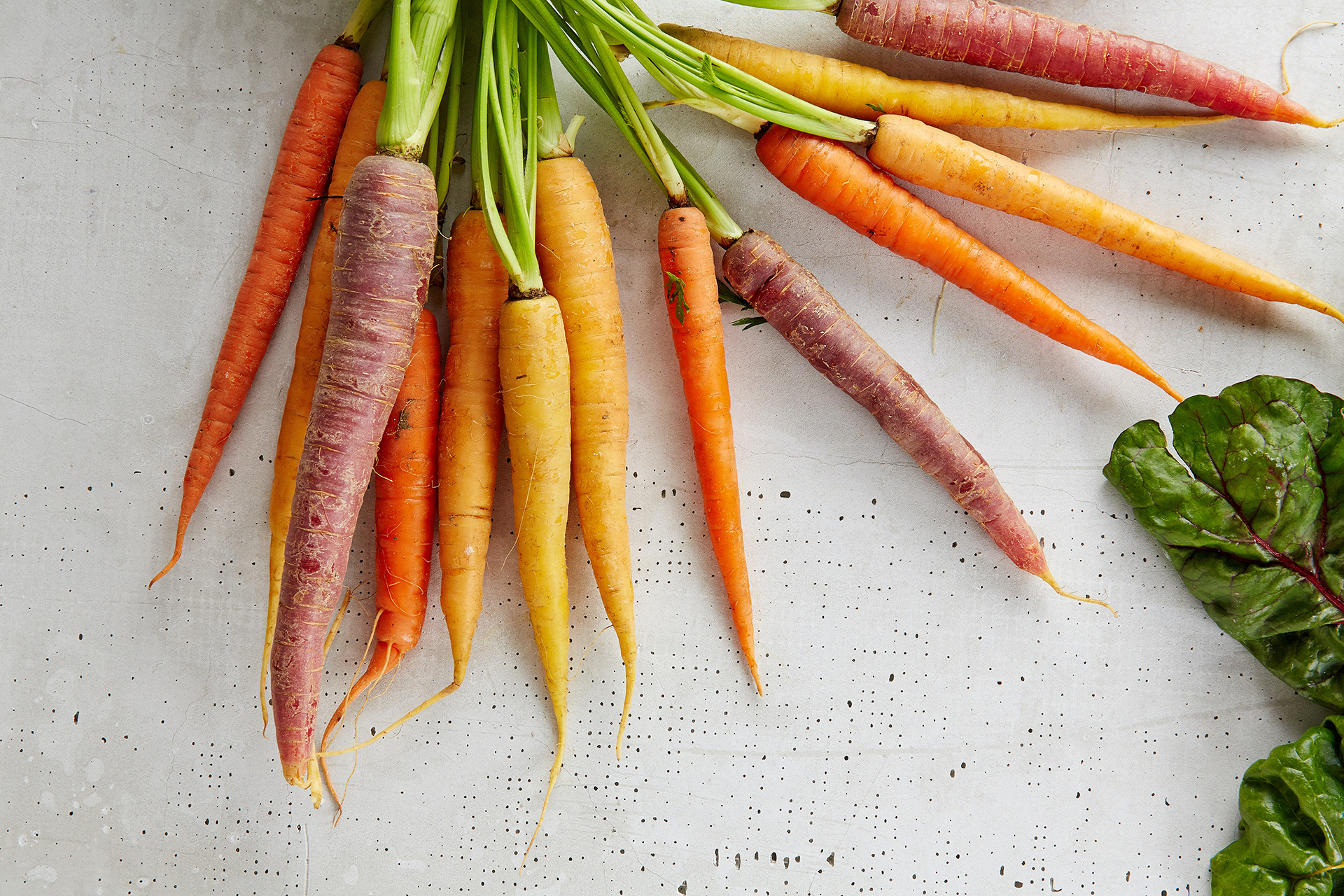

If you are after carrot companion planting advice, then our guide to the best plants to grow with them will help you to produce an excellent crop – every time.
One of the most popular and versatile vegetables, growing carrots is a great addition to the garden. They can be sown anytime between early spring and mid-summer and if you plant in succession you can have a hearty crop until the start of winter – even after the first frosts.
Carrots not only provide a great edible crop but they are also believed to offer a great benefit to your garden. Carrot companion planting 'is by far the most natural way to protect your crops, being totally natural and organic allowing mother nature to keep the balance in your garden.' says horticultural expert Rob Smith from the Organic Gardening Catalogue .
Carrot companion planting
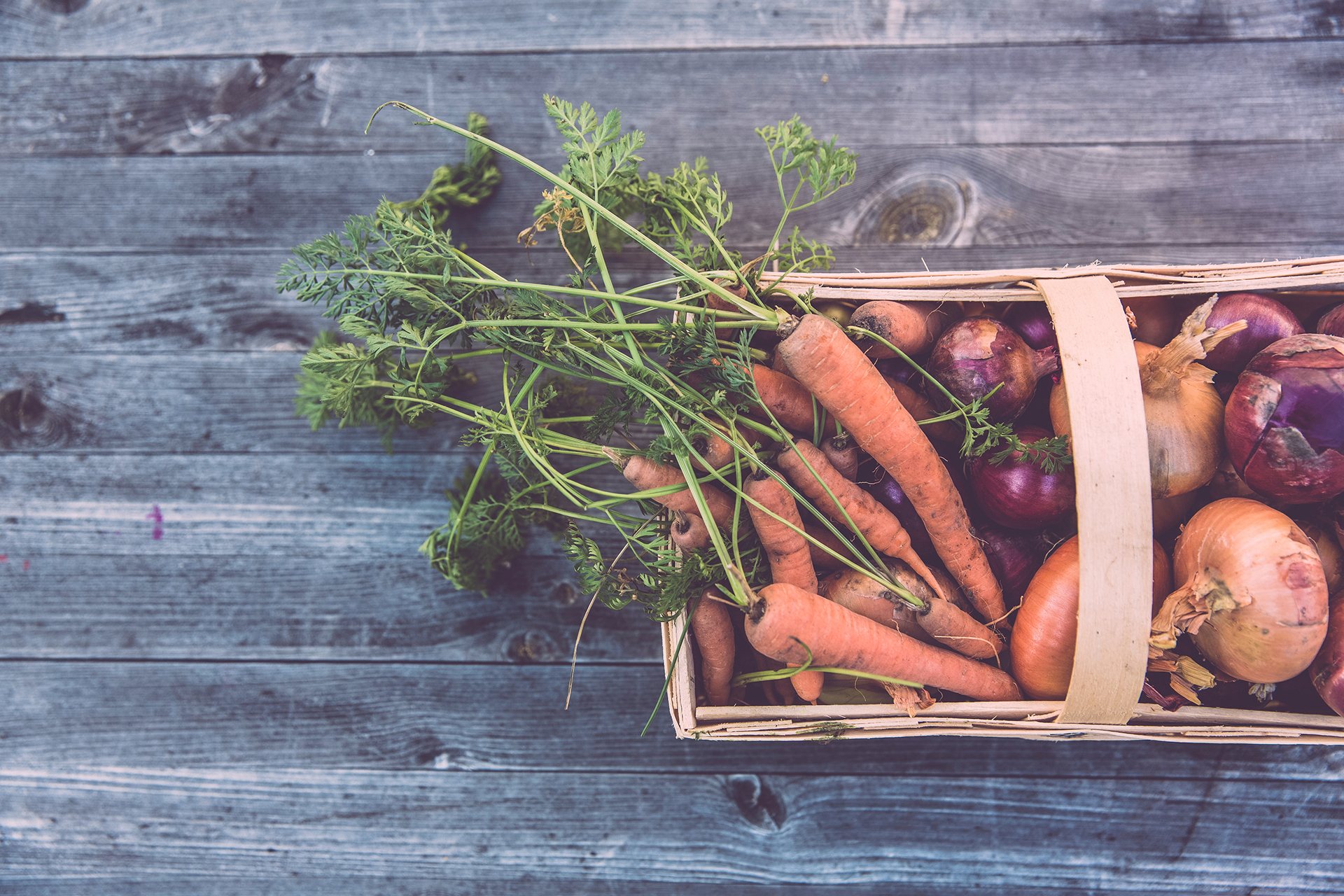
Companion planting is purported to be one of the best ways to naturally maximize your garden's yields. 'Certain plants have a negative effect on the growth of others, a fact that we can use to our advantage – to control perennial weeds, for example.' says garden expert Sarah Raven. 'We need to be aware of this in the veg garden, where some things love each other, but others really don’t.'
What can I plant with carrots to prevent carrot flies?
Companion planting carrots with strong smelling leaves like leeks and onions or or herbs including parsley and mint can help to prevent carrot flies. 'The aromatic leaves of plants like mint help confuse carrot root fly, who find their host through scent' says Sue Sanderson, Horticultural Executive at Thompson & Morgan in a recent blog post.
However, it is not a guaranteed method so if you are concerned with the threats of carrot fly on your crop then it is advisable to create a physical barrier to stop them rather than exclusively relying on companion planting. 'You can either put a physical barrier over the top and peg it down, only lifting it to harvest or you put a little fence of fleece around them. It only needs to be about 3ft high as the carrot fly flies very close to the ground' says Monty Don in a Gardeners' World video.

Carrot companion planting with vegetables
When you harvest carrots, you will notice an improved crop if you grow with these companions.
Onion companion planting – along with leeks and other members of the allium family including chives – are promoted as great for planting with carrots due to their suggested ability to deter carrot fly. While some gardeners swear by this method, there is no scientific evidence, so it is worth combining with the methods mentioned above.
BRASSICAS – 'Some research has shown that carrots make it harder for cabbage root fly to attack brassicas either by masking the brassicas in a sea of green or by harbouring predatory insects that devour cabbage root fly eggs or larvae.' says Guy Barter of the RHS, 'Unfortunately this is not a guarantee of immunity so it is wise to combine this with other measures such as a card collar at the base of the brassica plants.'
LETTUCE – while carrots grow underground with small leaves, lettuce has small roots and lots of leaves across the surface. This makes lettuce great for companion planting with carrots, particularly in small gardens as its maximises the available space. The protection the lettuce leaves offer will also help to keep the carrots shaded as well as provide protection against competition with some weeds as they leaves will block out light much more efficiently than those of the carrot.
BEANS & PEAS – carrots benefit from nitrogen rich soil, something that beans and peas plants both provide. If you opt for this pairing, be sure not to combine with onions as these will hinder the peas and beans growth.
Tomato companion planting is another option – 'You can also grow your carrots under your tomatoes as these will provide shade to keep them nice and cool, just be sure to leave a bit of a gap as if grown right up to a tomato plant, it can stunt the carrot root' says horticultural expert Rob Smith from the Organic Gardening Catalogue.
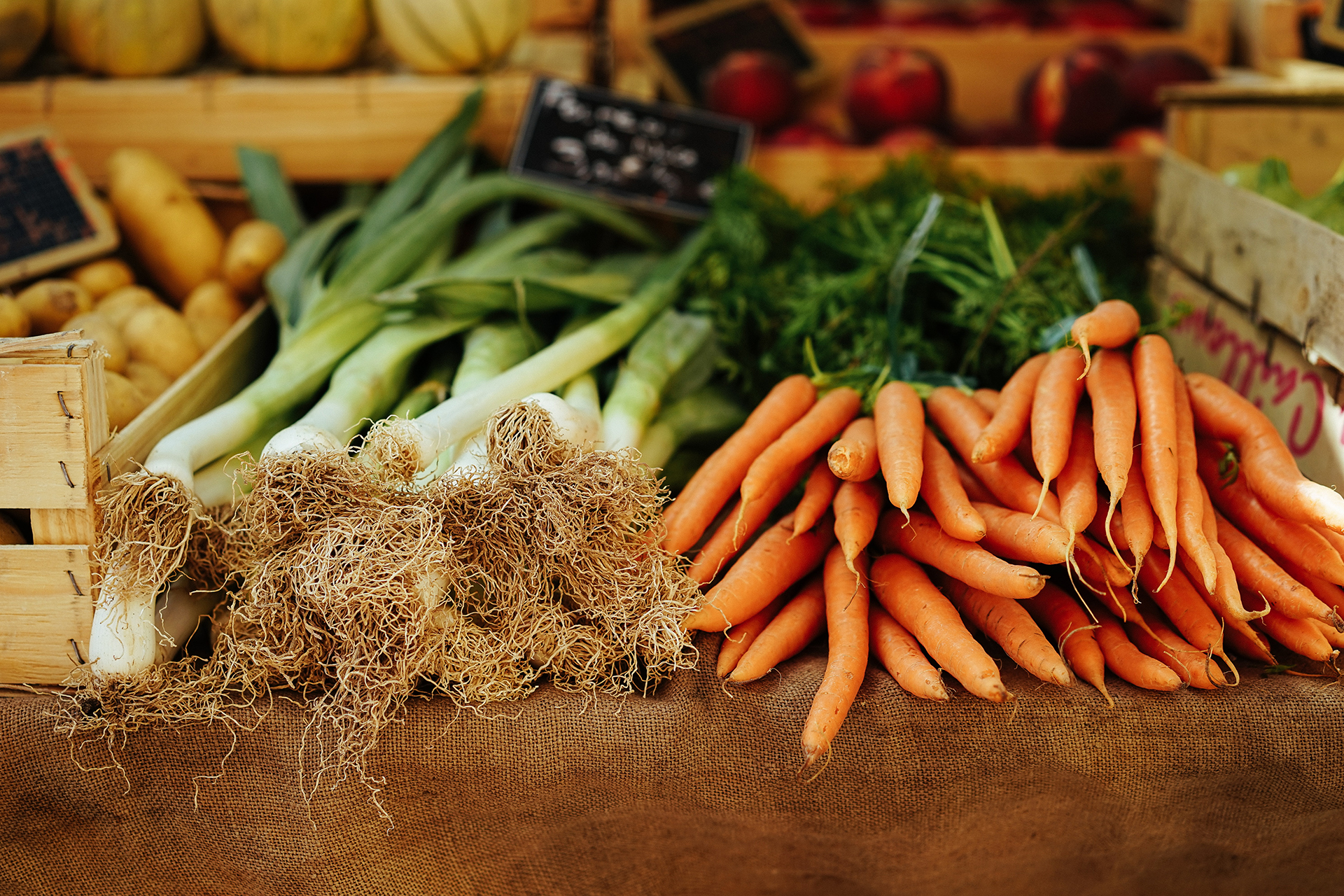
What herbs grow well with carrots?
SAGE & ROSEMARY – both have strongly scented leaves which mask the smell of the carrots and deter carrot fly.
CHIVES – a member of the onion family, growing chives can help to deter carrot fly in a similar way, but also has the added benefit of improving the flavor of carrots. Chives have relatively shallow roots so don't compete for space with the carrots underground.
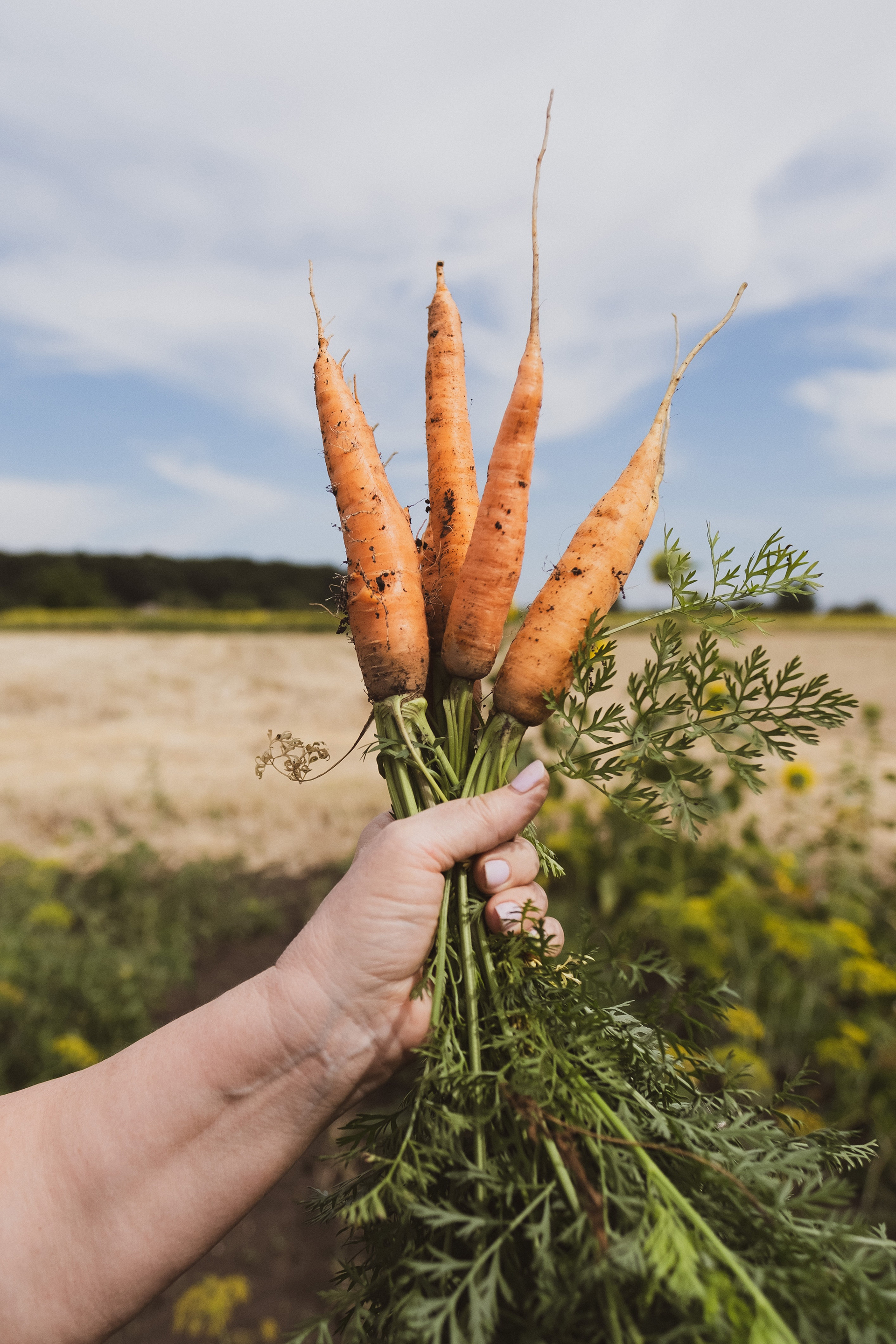
What should not be planted with carrots?
You should NOT plant carrots with DILL, CELERY or other root vegetables like POTATOES and PARSNIPS .
Root crops all require high levels of phosphorus in order to thrive and planting root vegetables too closely together will lead to competition and a weaker yield when it comes to harvesting.
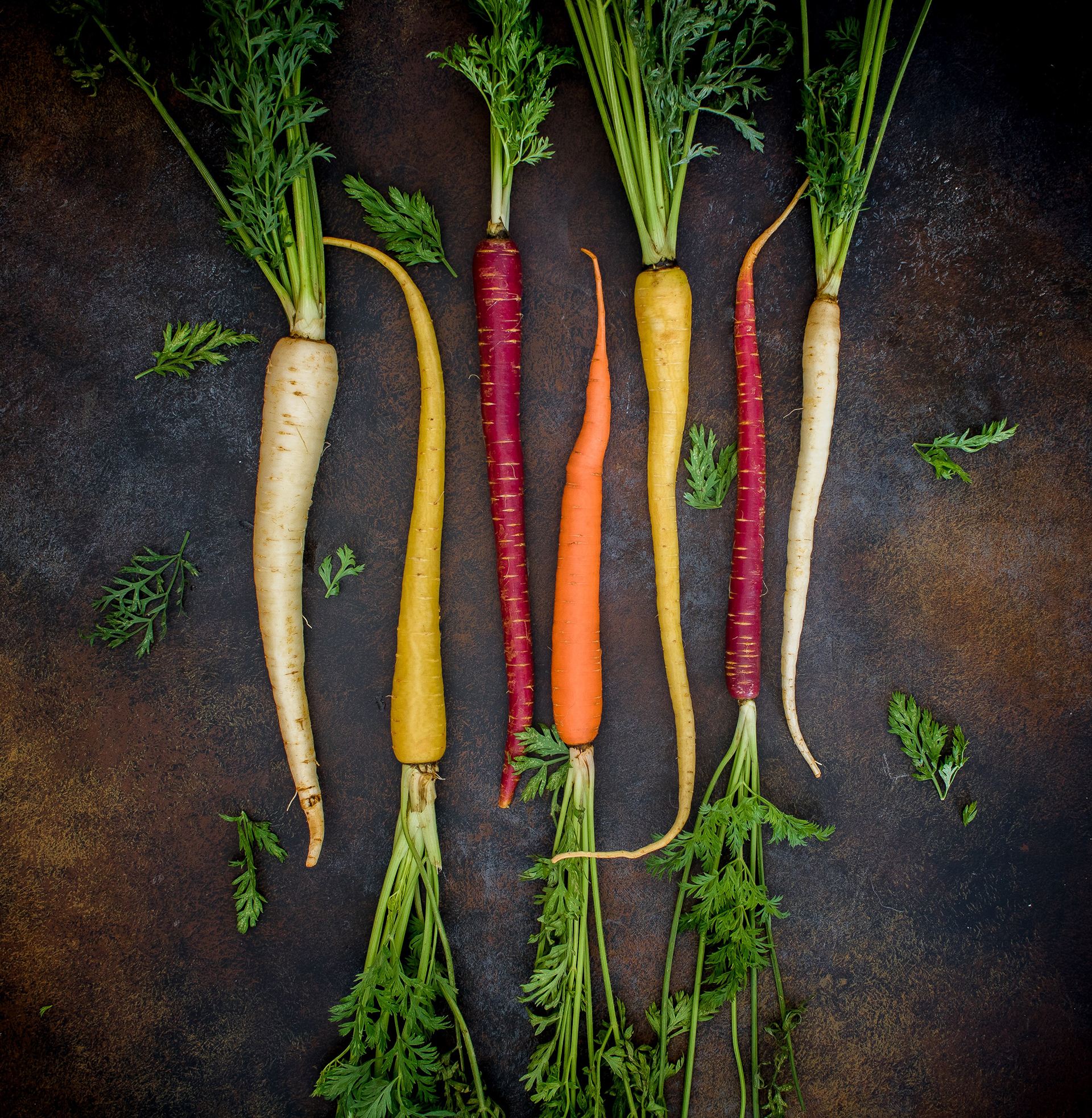
DILL - Avoid companion planting with carrots, as if dill is allowed to flower it can cross pollinate with carrots leading to unfavourable hybrids. Carrots also attract lacewings and parasitic wasps which is detrimental to dill as well as parsley.
CELERY - 'Do not companion plant carrots with celery as these varieties can attract carrot fly' says horticultural expert Rob Smith from the Organic Gardening Catalogue
Sign up to the Homes & Gardens newsletter
Design expertise in your inbox – from inspiring decorating ideas and beautiful celebrity homes to practical gardening advice and shopping round-ups.

Having graduated with a first class degree in English Literature, Holly started her career as a features writer and sub-editor at Period Living magazine, Homes & Gardens' sister title. Working on Period Living brought with it insight into the complexities of owning and caring for period homes, from interior decorating through to choosing the right windows and the challenges of extending. This has led to a passion for traditional interiors, particularly the country-look. Writing for the Homes & Gardens website as a content editor, alongside regular features for Period Living and Country Homes & Interiors magazines, has enabled her to broaden her writing to incorporate her interests in gardening, wildlife and nature.
-
 Extend the lifespan of your appliance with 5 simple but crucial washing machine maintenance tips
Extend the lifespan of your appliance with 5 simple but crucial washing machine maintenance tipsFrom cleaning the filters to keeping the door open, experts reveal the washer tips they swear by
By Andy van Terheyden Published
-
 These are the 6 must-have colors to decorate with in April 2025
These are the 6 must-have colors to decorate with in April 2025What do retro-inspired yellows and beautiful blues all have in common? They're on our hot list for the season ahead
By Sophia Pouget de St Victor Published